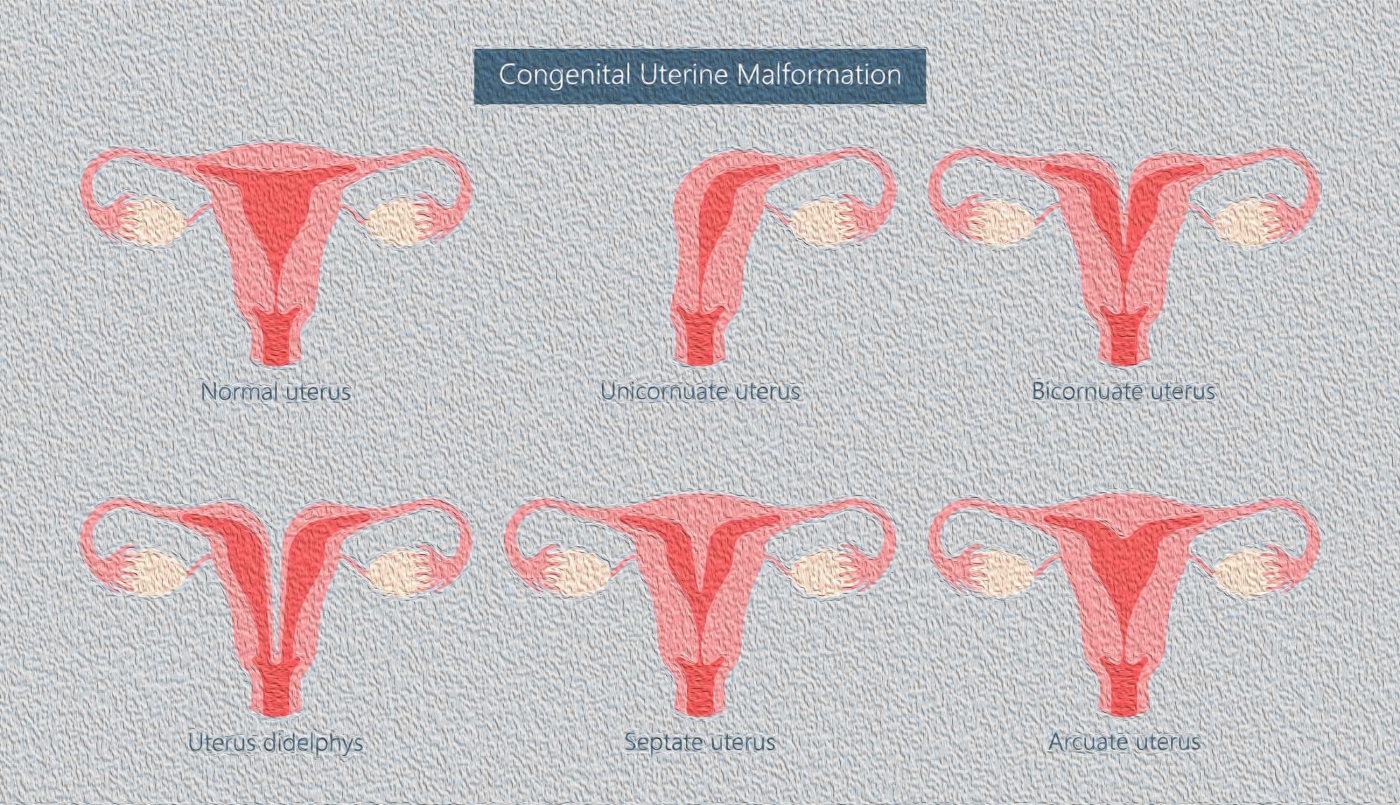Spontaneous abortion rates in these women approach 51%, premature birth rates approach 15%, and fetal survival is estimated at 39%. Other pregnancy complications include malpresentation, IUGR, uterine rupture, and ectopic pregnancies. The pathogenesis of pregnancy loss appears to be related to reduced intraluminal volume and/or inadequate vascular supply to the developing fetus and placenta.
There are no surgical procedures to enlarge the uterus. The higher prevalence of cervical incompetence in uterine anomalies, however, has led some obstetricians to recommend that cervical cerclage be placed to improve obstetrical outcome. These are mostly small case series, and they report some improvement in obstetrical outcome. However, there are no studies addressing the prophylactic and empirical use of cervical cerclage. Therefore, based on the current available evidence, women with a unicornuate uterus and no previous history of second-trimester loss or premature birth should be managed expectantly with frequent assessment of cervical length and anatomy and medical intervention at the promptest when necessary. For these reasons it is evident that an early diagnosis of a unicornuate uterus is crucial.




